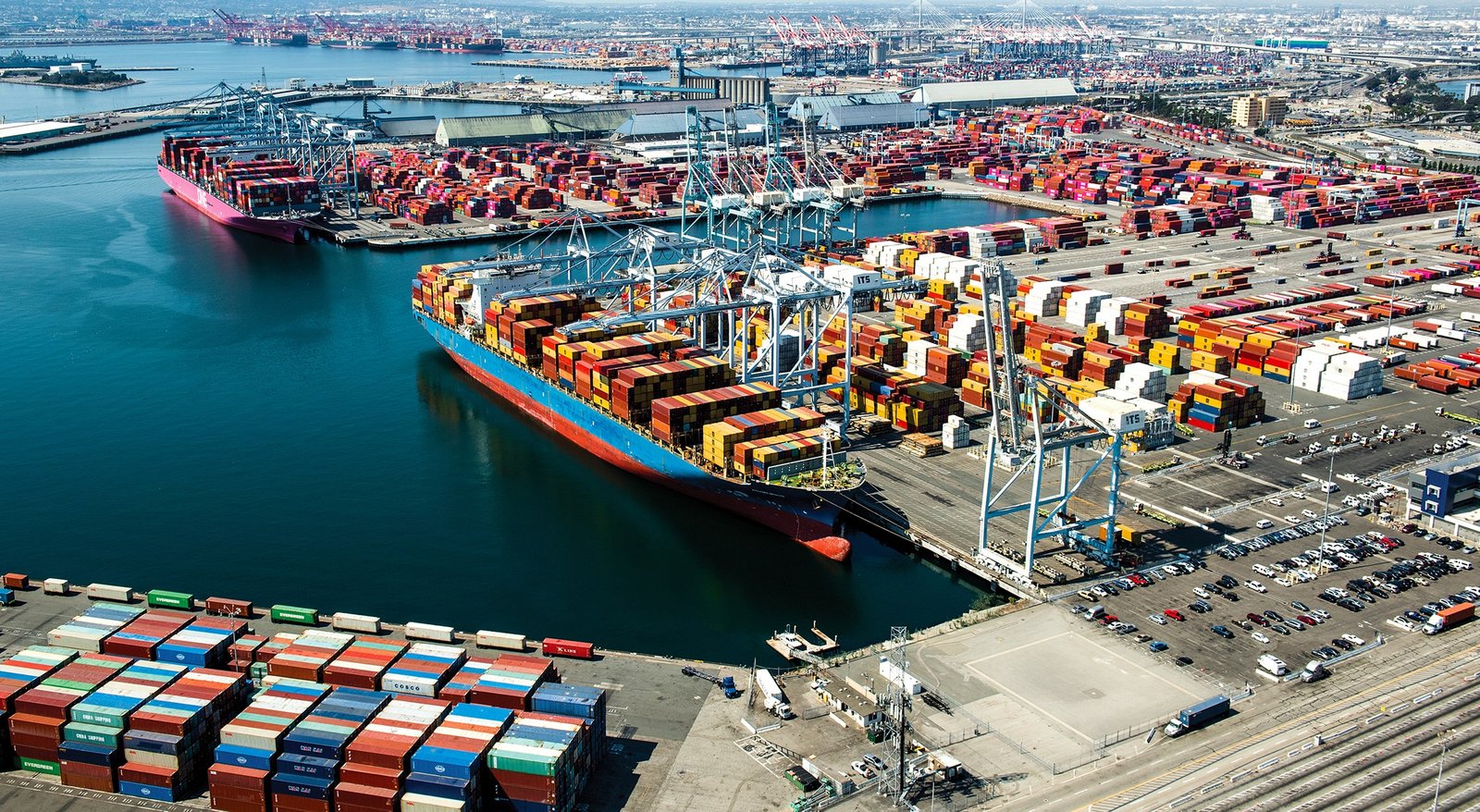The port of Long Beach has signed a four-year partnership agreement with the Utah Inland Port Authority (UIPA). This involves joint marketing efforts and data sharing to improve air quality and energy efficiency – but the main objective is to improve cargo flows between them.

Long Beach will invest in optimising its on- and near-dock rail system, with the UIPA developing transloading capacity within its jurisdiction to “enhance import fluidity and increase export capacity”. The agreement came less than a month after the UIPA signed a similar deal with the port of Oakland.
This partnership is a huge step to establishing Utah as a transformational location in trade logistics. Working directly with the nation’s western cargo gateways will shape new trade patterns for the western US. At the same time, it helps to reduce the pressure of increasing cargo at the ports and maintain the stability of the supply chain by improving fluidity and velocity as goods move inland.
Inland ports were established to eliminate the higher drayage costs at ports further from cargo markets than their competitors. Moving goods to inland ports for final clearance and pick-up would possibly alleviate some congestion at the terminals in Long Beach and Oakland. However, for this to work well, the delays in docking and unloading vessels must also be addressed.

According to some port officials and terminal operators, the ports have made some headway with the delays in docking and unloading, but the congestion in the rail system is beyond their control and has profound repercussions. Overburdened rail facilities, especially in the crucial Chicago area, are said to be the main reason for the rise in dwell times at ports.
According to the Pacific Merchant Shipping Association, dwell times at the Los Angeles/Long Beach complex for containers going to the eastern US exceed 11 days, three times the average for boxes headed for the LA region.
Hong Dao













